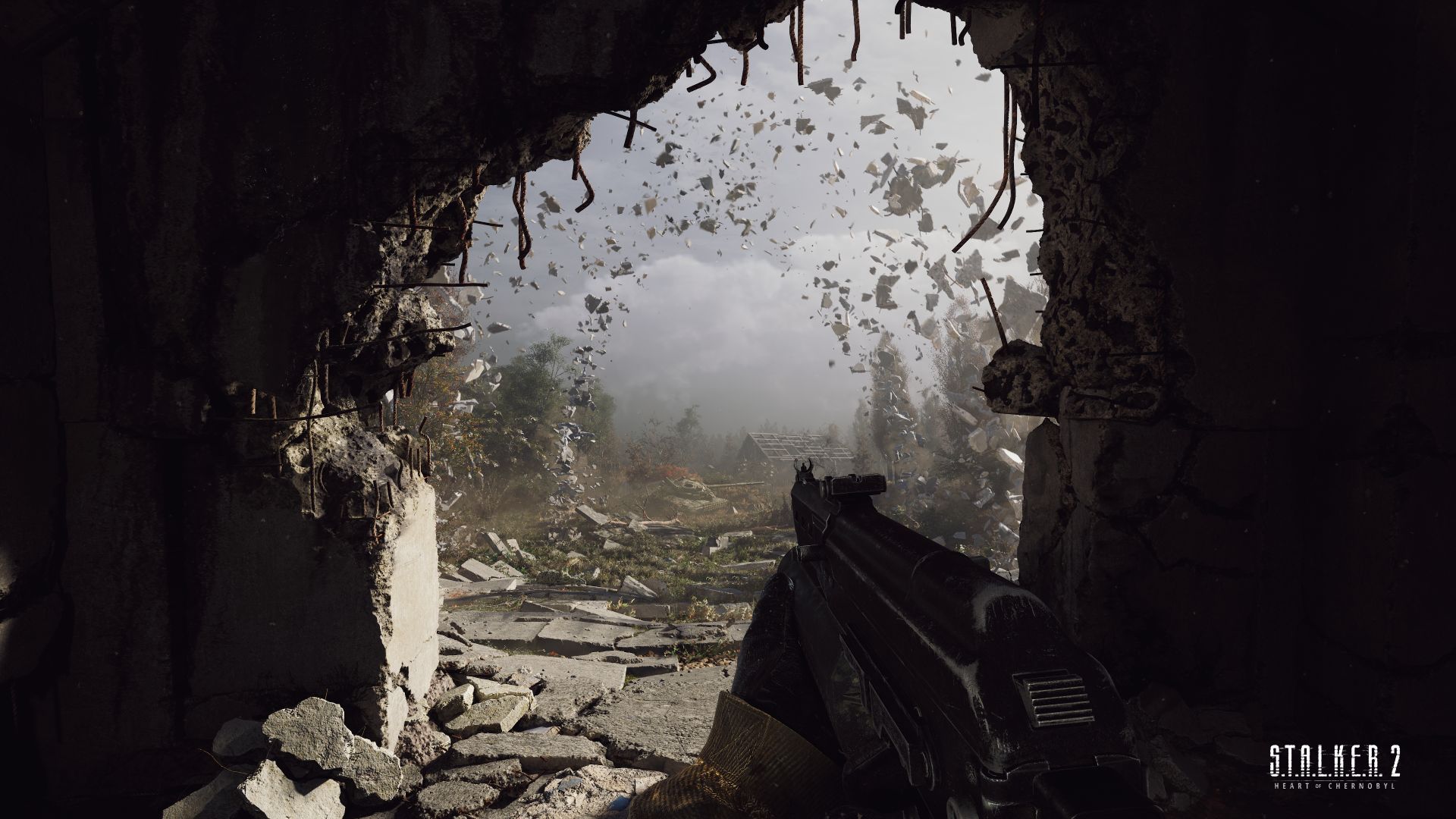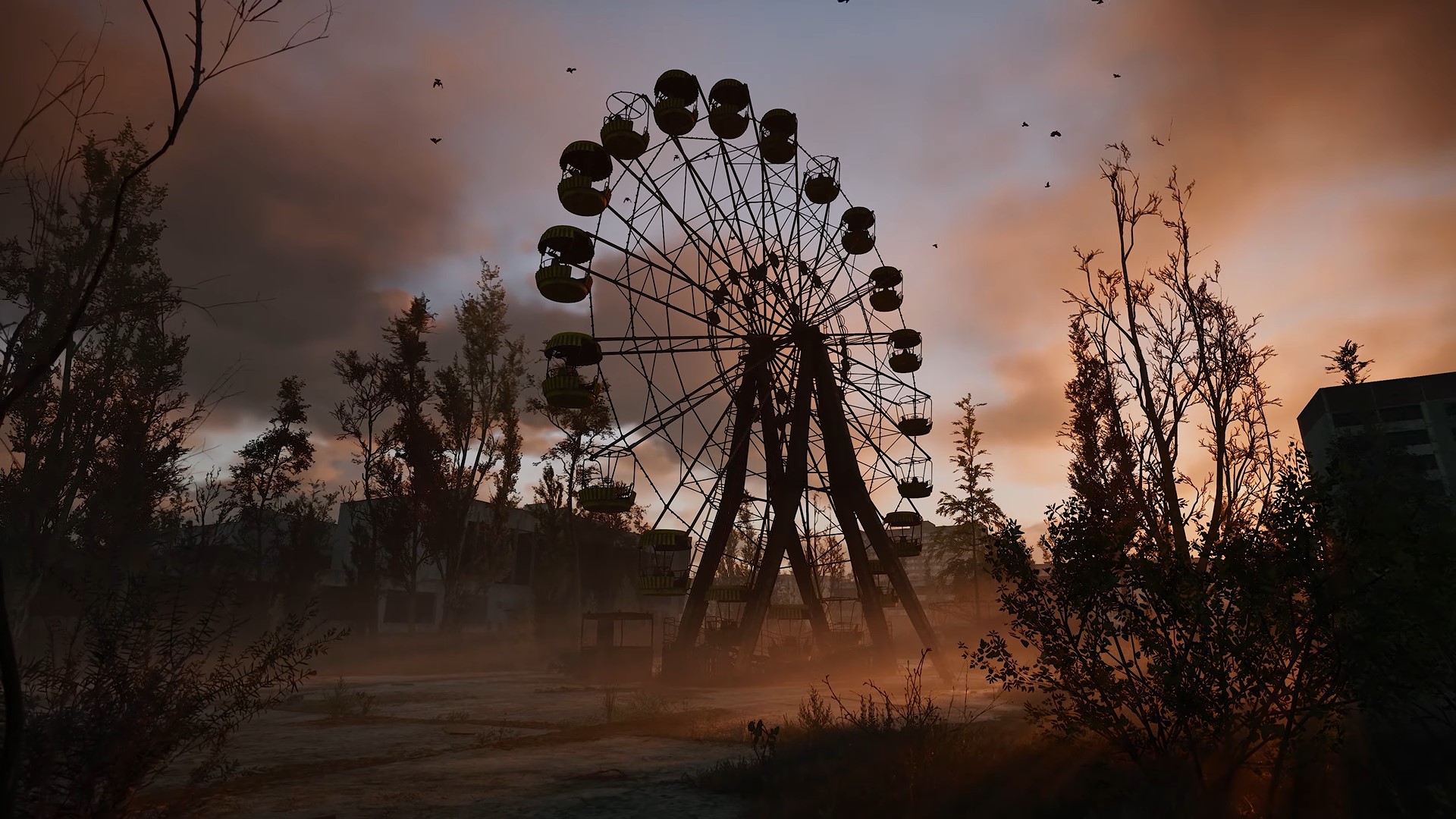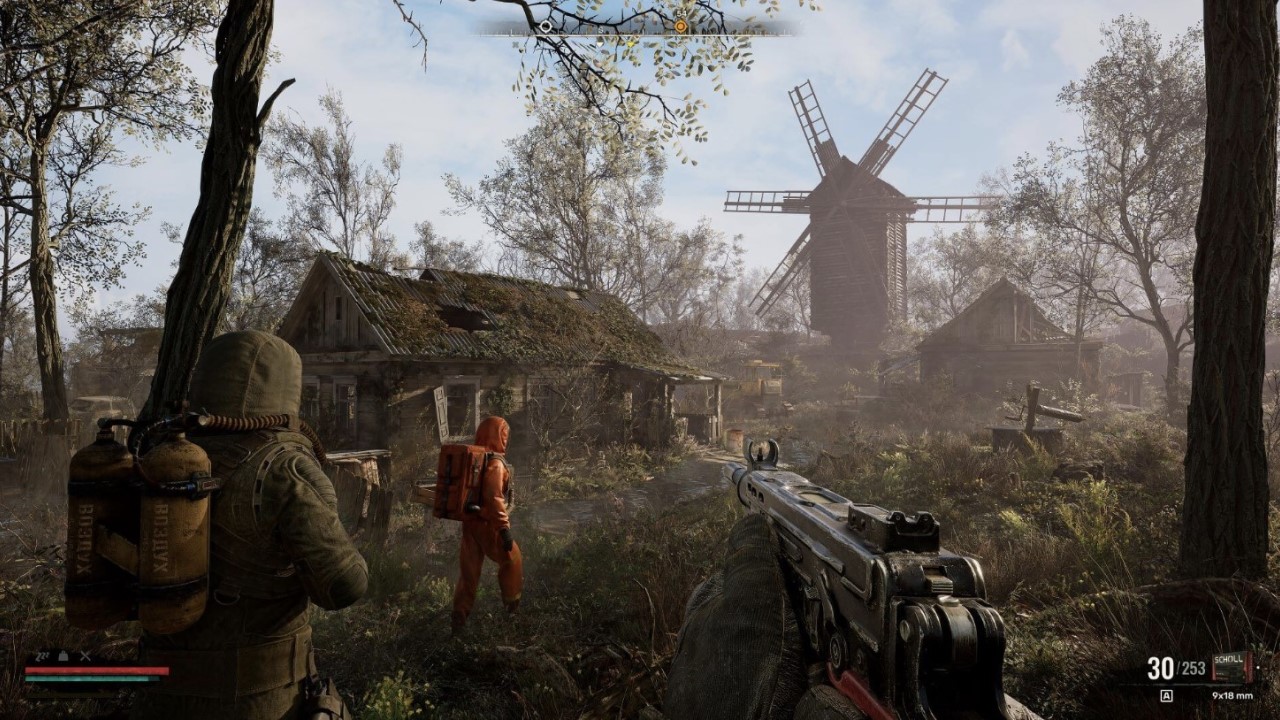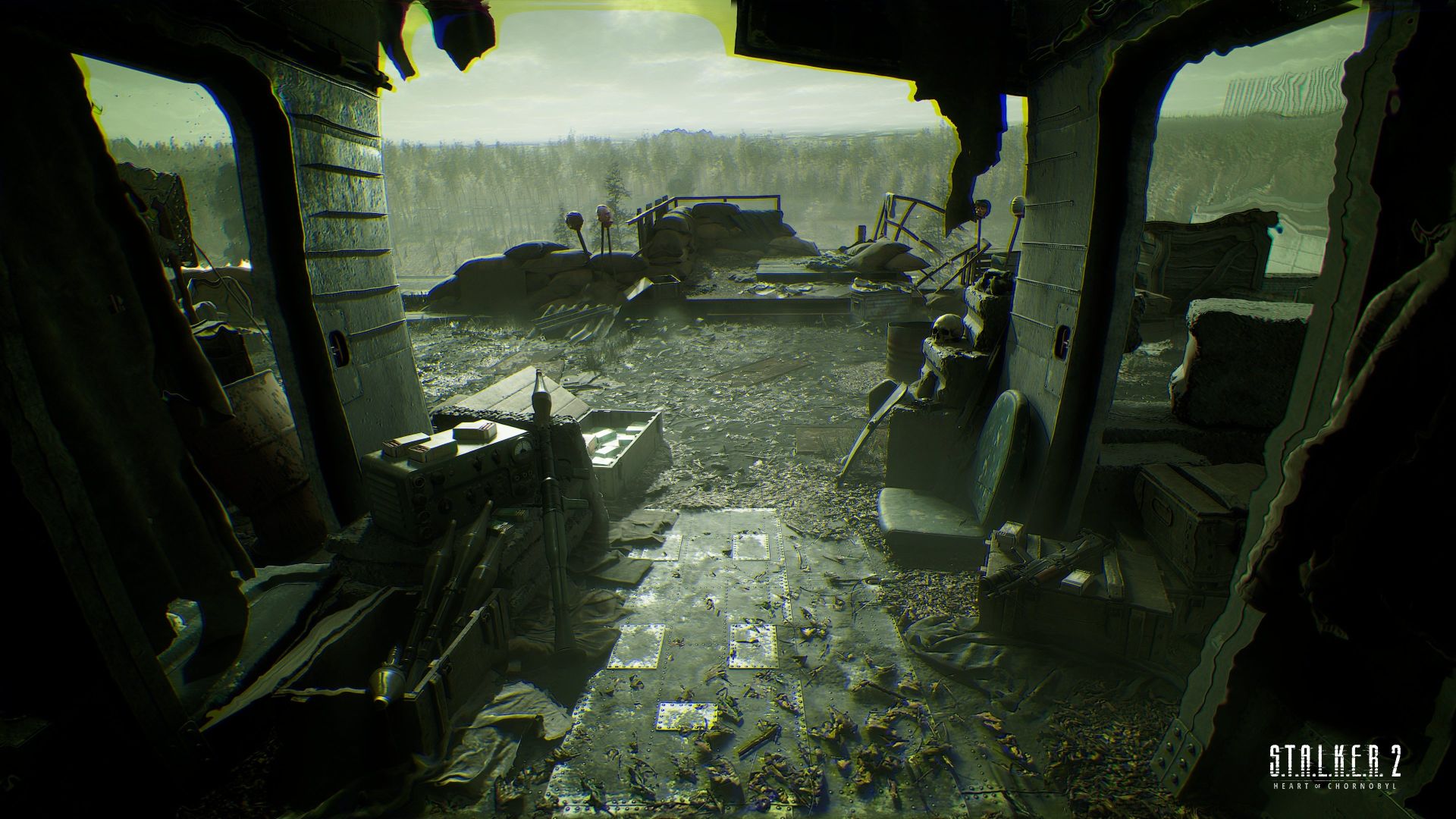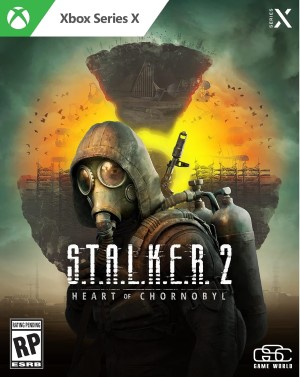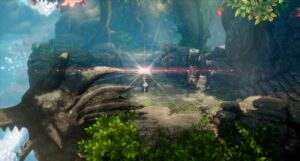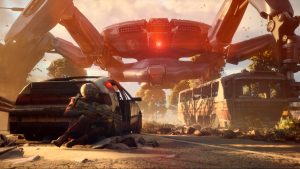
Coming after a nearly decade and a half long hiatus, S.T.A.L.K.E.R. 2: Heart of Chornobyl is looking like an exciting return to the limelight for the beloved franchise, and from its survival mechanics and horror vibes to its vast open world and its emphasis on player agency, there’s plenty about it that’s going to seem familiar to fans of any of its predecessors. At the same time, however, the upcoming sequel is also building and improving on the S.T.A.L.K.E.R. formula in a number of ways, which is exactly what we’re going to talk about here. Join us as we go over some of the key ways S.T.A.L.K.E.R. 2 is going to be different from the original S.T.A.L.K.E.R. trilogy.
UNREAL ENGINE 5
Shadow of Chernobyl, Clear Sky, and Call of Pripyat were all developed by GSC Game World’s internal X-Ray Engine, but with S.T.A.L.K.E.R. 2, the developer decided to take a different direction. The sequel is instead built on Unreal Engine 5, making it the first game in the series to do so, which in turn has brought a number of benefits, as per the studio itself. The game uses the engine’s Lumen and Nanite technologies to deliver impressive visual and technical results with the environments, lighting, and more, so players can expect a much greater level of detail in locations, allowing the setting to be brought to life much more comprehensively. In addition to making use of the engine’s expanded toolset, however, S.T.A.L.K.E.R. 2: Heart of Chornobyl is also going to bring forward (in overhauled form) some of the original trilogy’s key characteristics on the tech front. Speaking of which…
A-LIFE 2.0
The original S.T.A.L.K.E.R. trilogy stands out for a multitude of reasons, but chief among them is the A-Life system, which is what GSC Game World dubbed its proprietary system of artificial intelligence. In a nutshell A-Life governed literally hundreds of NPCs and monsters throughout the entirety of the game world, each with their own unique schedules and non-scripted behaviours that they would continue to follow even when they weren’t interacting with the player. That, of course, grew increasingly common in open world games as time went on, but the S.T.A.L.K.E.R. series did it better than most.
It’s not surprising, then, that S.T.A.L.K.E.R. 2 is touting A-Life 2.0, which GSC Game World says will make for a dynamic, unpredictable, and highly reactive open world where things will always be happening regardless of whether or not the player is there to witness them. This is how the studio describes the overhauled A-Life system in the upcoming shooter: “The reimagined version of this system, which we call A-Life 2.0, will control the state of the world and the behavior of characters and mutants, making the Zone ever-changing and truly alive. Countless events and encounters will happen every moment — even if you are not around to witness them with your own eyes.”
NEW PROTAGONIST
It doesn’t look like S.T.A.L.K.E.R. 2 is going to lose the series’ trademark level of stiff challenge in a bid to appeal to newcomers, but given how long the series was dormant, it is still being designed as a game that those not familiar with past entries can play and understand. That goes hand in hand with a new protagonist. Shadow of Chernobyl, Clear Sky, and Call of Pripyat saw us playing as Strelok, Scar, and Major Alexander Degtyarev respectively, and S.T.A.L.K.E.R. 2: Heart of Chornobyl will once again introduce a new protagonist in the form of a Stalker named Skif. Does that mean we shouldn’t expect any familiar characters to rear their heads though? That seems unlikely. The aforementioned Strelok, for instance, has had a crucial role to play in all S.T.A.L.K.E.R. games thus far, so we wouldn’t be surprised to see him showing up in the upcoming sequel as well.
NEW LOCATIONS
S.T.A.L.K.E.R. 2 is once again going to take players to the infamous Chernobyl Exclusion Zone, which is where the original trilogy was obviously set as well. That, of course, will mean the return of plenty of familiar locations, though players can expect to see a host of new locations as well. In total, GSC Game World has revealed that S.T.A.L.K.E.R. 2’s map is over 60 square kilometers in size, touting it as one of the biggest open world maps ever made, with a total of 20 different regions, which means players can expect to see plenty that they haven’t seen before, even if this isn’t your first time in the Zone.
ENHANCED RETURNING LOCATIONS
As mentioned, plenty of the locations you visit in S.T.A.L.K.E.R. 2’s world will be familiar to you if you have played the original S.T.A.L.K.E.R. trilogy, with areas such as Cordon, Duga, Pripyat, and many others confirmed to be returning. But though you’ll be seeing several familiar locations, landmarks, and what have you, you’ll be seeing them in significantly enhanced form, with the game boasting a much greater level of detail and fidelity. Meanwhile, on top of the visual boosts, familiar locations in S.T.A.L.K.E.R. 2 might also be tweaked in their design- such as some areas that weren’t accessible in past titles now being fully explorable.
SEAMLESS OPEN WORLD
Here’s another major improvement to look forward to from a technical perspective. The original S.T.A.L.K.E.R. trilogy obviously prided itself on the freedom it offered to players across its open world settings, but thanks to the technological limitations of the hardware they were made for, those games’ maps were never fully seamless, instead being split up and then stitched back together with loading screens. Thankfully, as you’d expect, that won’t be the case in S.T.A.L.K.E.R. 2, which is going to be a fully seamless open world experience. Given how heavily the game is emphasizing the immersion factor, that should certainly be a boost.
AI IMPROVEMENTS
We’ve already spoken about the improvements GSC Game World is making to the AI in S.T.A.L.K.E.R. 2 with its A-Life 2.0 system, but that will govern characters’ behaviour independent of the player- what can we expect from the game’s AI with something more direct and straightforward, like combat? GSC Game World has said it’s made improvements in this area as well. As fans of the original trilogy will tell you, the S.T.A.L.K.E.R. franchise did continue to offer AI improvements with time (for the most part), but hopefully, we’re in for a much bigger leap with the series’ upcoming revival.
NEW FACTIONS, MUTANTS, AND ANOMALIES
This one shouldn’t come as any surprise, but yes, players will be encountering plenty of new mutants, factions, and anomalies throughout the Exclusion Zone in S.T.A.L.K.E.R. 2: Heart of Chornobyl. Unsurprisingly, developer GSC Game World hasn’t gone into too much detail on exactly what to expect from the game on that front – presumably, the developers want players to discover that themselves – but we do know that though there will be factions, anomalies, and mutants in S.T.A.L.K.E.R. 2 that will be familiar to series fans, there will also be several others who will not be.
LENGTH
All three of the original S.T.A.L.K.E.R. games are quite sizeable – the first one in particular – but Heart of Chornobyl is looking like it’s going to crank things up a notch on that front. As opposed to the average length of anywhere between 20-30 hours for the original trilogy games (with some obvious variations, depending on how you’re playing), S.T.A.L.K.E.R. 2 is being touted as a game with a 40-hour main story, while for completionists it will be more like a 100-hour game, according to GSC Game World.
LESS JANK
As great as the original S.T.A.L.K.E.R. games were, even their biggest defenders will tell you that they had a distinct lack of polish. S.T.A.L.K.E.R. 2 is looking like it absolutely will retain the tone and style of its predecessors, but it’s also looking like a much less janky version of that style of experience. That’s something that the game’s hands-on previews have stated as well, and frankly, we couldn’t be more excited about a S.T.A.L.K.E.R. game that feels polished without losing any of the series’ many other idiosyncrasies.








